Glass mosaic or tile has a beautiful shine and a variety of color palette art on the wall, which is similar to pearls in terms of innovative interior design.
These exquisite tiles for your home or office are available in a range of soothing greens, stunning jewel blues, sparkling golds and pure whites.
Because glass has the potential to reflect light, installing glass backsplash or wall tile in a row or two may quickly increase the visual appeal of any room.
These glossy tiles are perfect for any design, whether you want to create an accent wall that’s full of color and serves as a dramatic backdrop, or you want to use mirrored tiles to add depth to neutral furniture. Either way, you can use these tiles to your advantage.

Painting, the art form it most closely resembles, as well as mosaics, have had varying degrees of mutual influence.
In terms of color and technique, the earliest known Greek figurative mosaics with dramatic subjects date back to the end of the 5th century BC.
These mosaics are comparable to contemporary vase paintings, especially in the use of very dark backgrounds and outlines. In the 4th century, mosaics tended to imitate the style of wall painting.
This may be seen by including a strip of land under the shapes, shadows and other indicators of visual space.
By the late Hellenistic period, a type of mosaic evolved that attempted to faithfully reproduce the qualities that distinguished painting from other visual arts, including excellent shading techniques and color gradation.
In the past, glass has been used in various ways in interior design, the most prominent of which has been in the walls of houses and kitchens.
Glass is now used in almost every part of the home, from shower doors to kitchen backsplashes. Using this product will not only make the overall appearance of the house more attractive, but it will also be better for the natural world.
One of the reasons why eco-friendly home design has seen a rise in popularity recently is that glass can be an environmentally beneficial material.
Despite being more expensive than ordinary tiles, glass tile is one of the products used in residential construction.

Tile flooring is almost always used in wet areas such as bathrooms and kitchens. Likewise, this restriction applies to glass tiles as well. Installing glass tiles on the wall behind the sink not only makes the space look better, but also has a practical purpose.
This is because it not only makes it easier to clean the wall behind the dishwasher, which constantly gets wet and dirty over time, but also gives the kitchen a special look.
This is because it makes cleaning the back wall of the dishwasher easier. It may also be strange.
Mosaic, on the other hand, underwent a significant transformation during the Roman Empire, eventually developing its own unique set of aesthetic criteria.
Although still mainly used for flooring, its new compositional rules were governed by the theory of perspective and viewpoint selection, which differed from those used for wall decoration.
This choice of perspective and theory of perspective governed the new compositional rules. Equally important was the simplification of the form, which was needed to facilitate faster production processes.

During this historical period, the use of materials that showed brighter colors increased, which also supported the developing independence of mosaics from painting.
The full potential of mosaics to create dramatic and evocative distance effects, superior to paintings, was not realized until they were used to cover walls and arches. This allowed the mosaic to realize its full potential.
Experimentation with mosaic color, particularly the removal of numerous midtones in order to achieve greater luminosity, may have increased the general tendency in late ancient Roman painting to stylize or reduce three-dimensionality to two-dimensionality.
Because mosaics are so ideal for use in the construction of religious buildings, it is reasonable to assume that they replaced painting as the primary form of artistic expression during this time period.
It is possible that the use of mosaic materials and methods, which began to be used in painting in different periods of Byzantine art and Western Europe in the Middle Ages, caused the creation of strong and sinuous forms as well as the lack of shading.

It is important to note that mosaics relied heavily on painting and various types of illusionism that painting achieved from the Renaissance to the 20th century.
The main focus of contemporary mosaic is to create works that make maximum use of the unique features of the medium.
Even though many of the works of this time show the influence of painting, whether figurative or abstract, the art of the 20th century shows a significant development in terms of its identity.
While many of these works show the influence of painting.
In general, contemporary mosaicists agree with their medieval predecessors that particular applications of mosaic materials are particularly appropriate. This is because mosaics may be made of different materials.
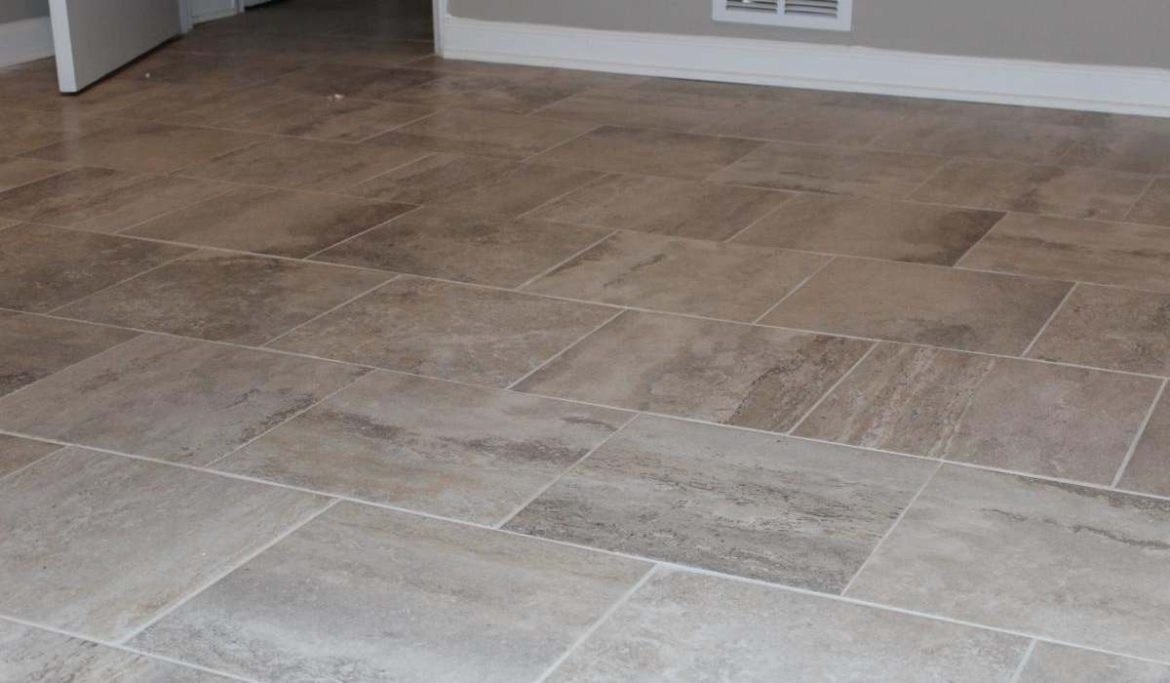
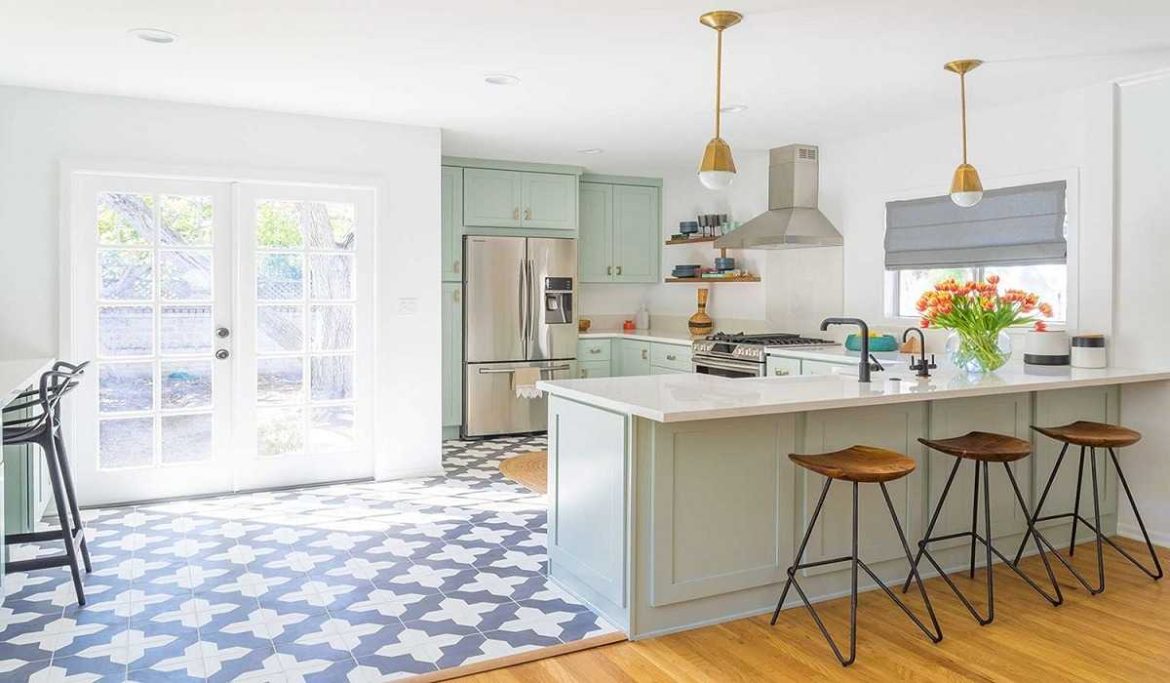
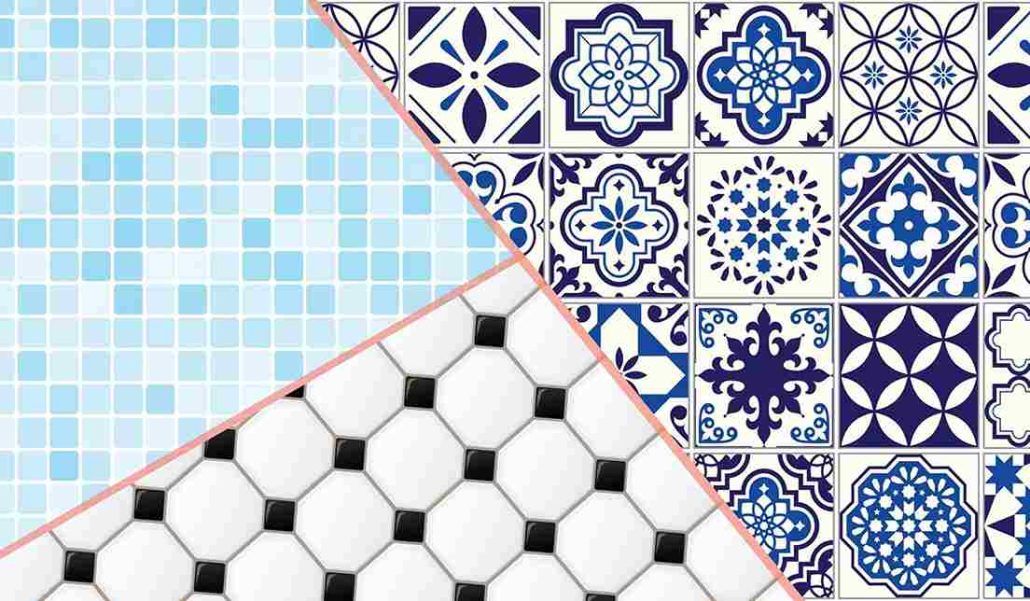
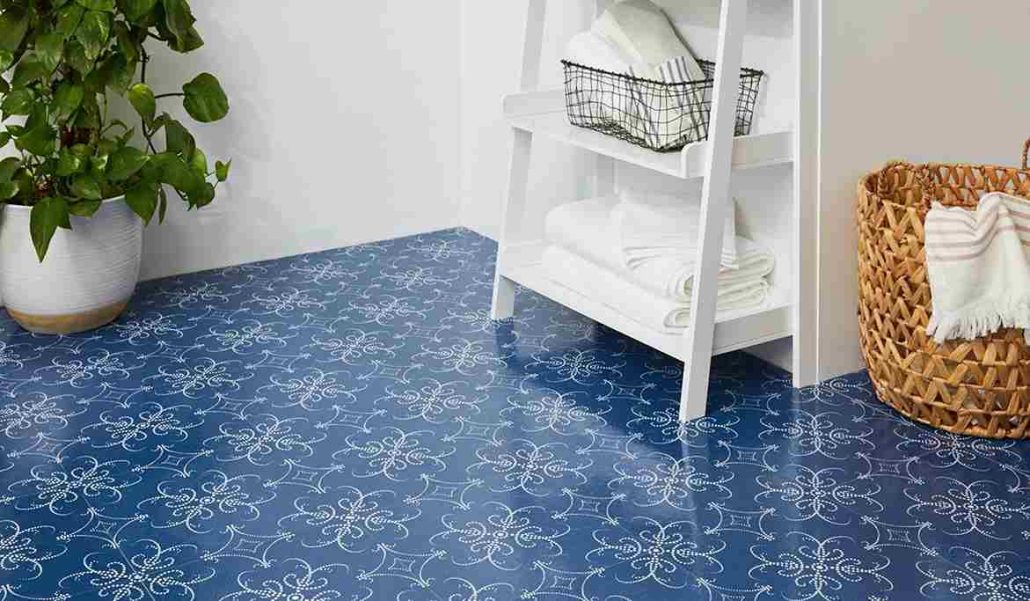

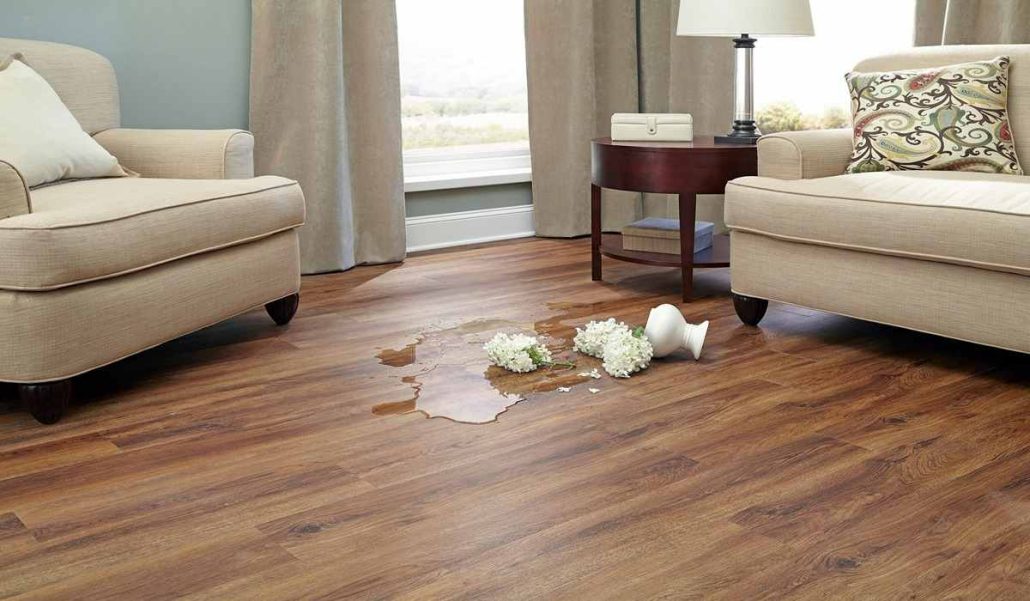
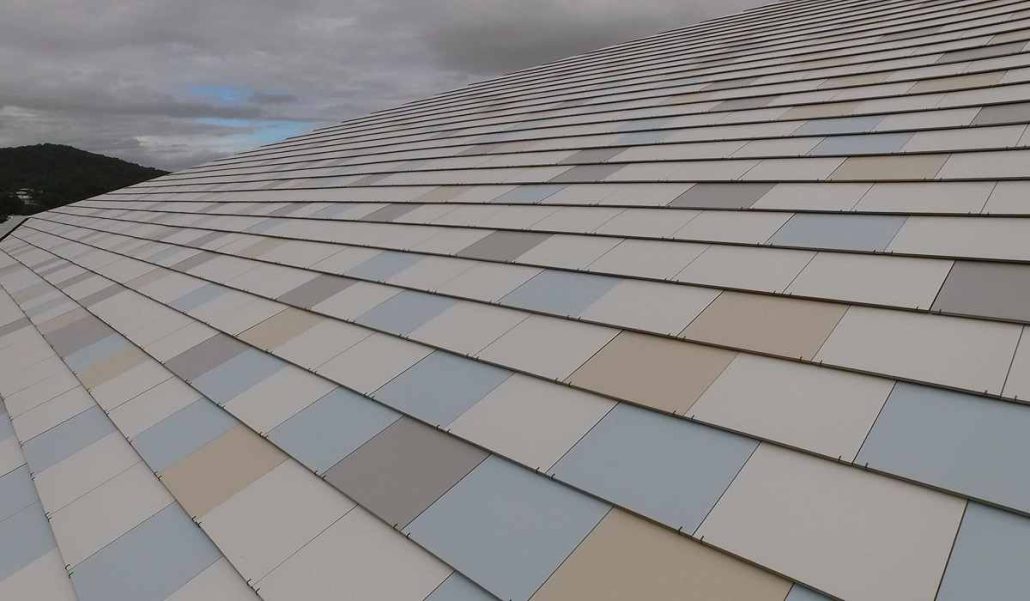
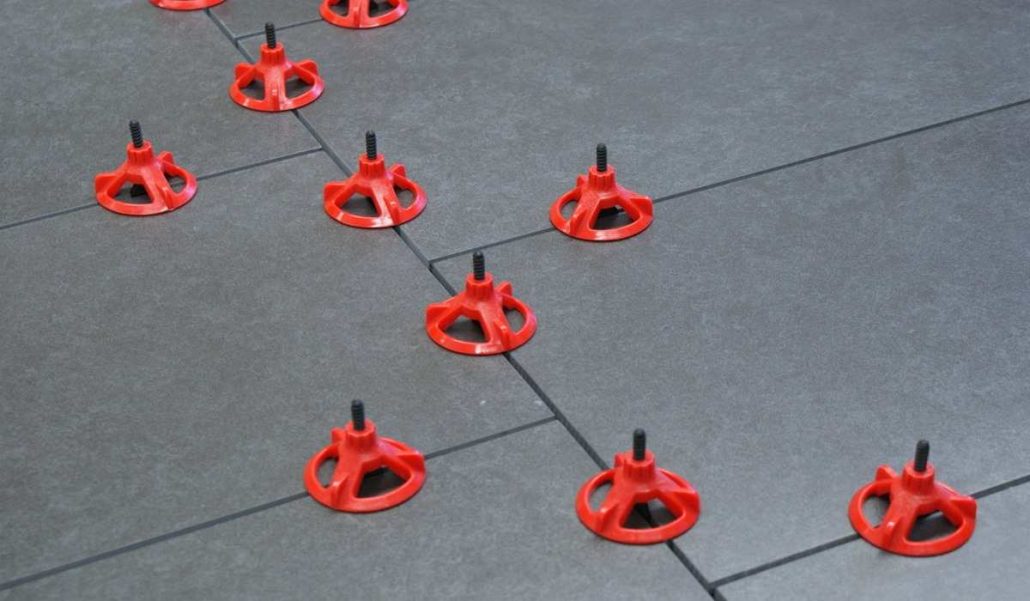
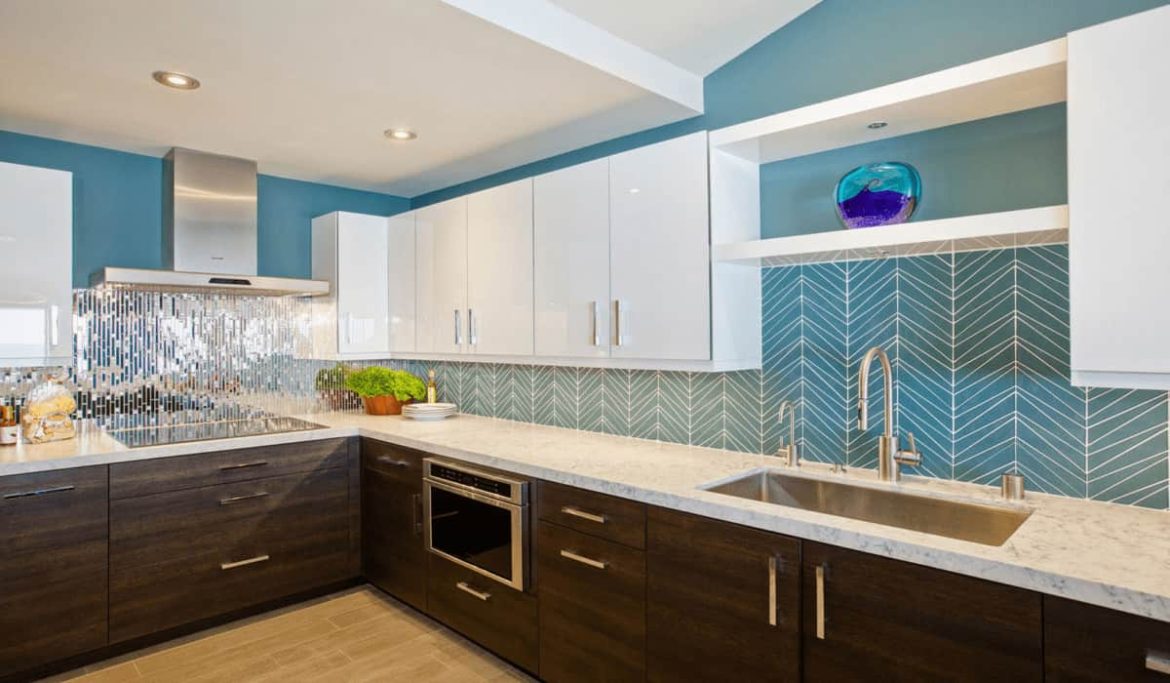
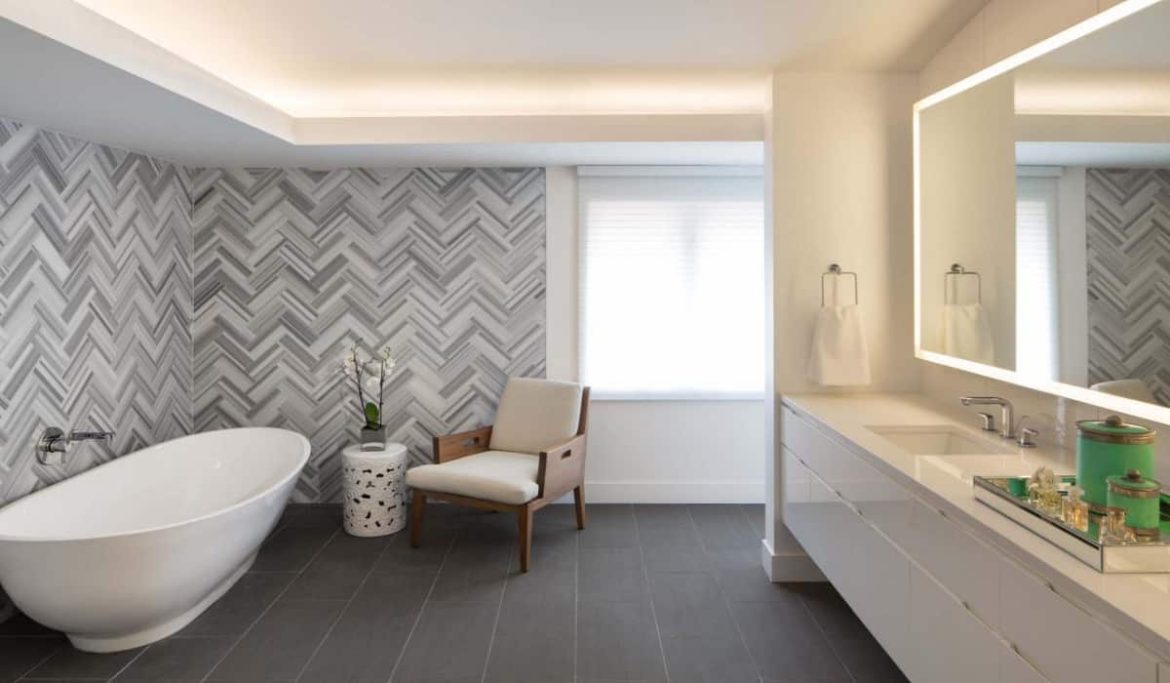
Your comment submitted.